Learn how to prep your garden soil perfectly! This post covers drainage and compaction as well as rates and reasoning for adding organic matter and mulch!
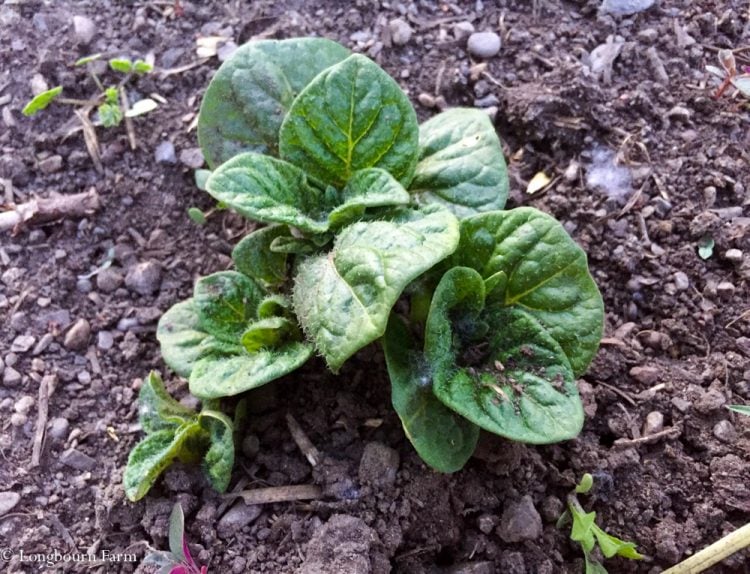
Organic Matter
Not to be confused with the ever-popular {and misleading} “organic” label on food. Not the same! The word organic simply means something made out of a carbon structure, something living. So organic matter you add to your soil is simply something that is or once was living – manure, composted matter, green waste, wood chips, etc.
Organic matter is the single most important amendment to add to your garden soil!
Organic matter should be applied at a rate of 25-30% of the total soil volume for the plant, which roughly translates to about 2-3 inches on top of your garden bed and then digging it in 6-12 inches.
The amount of organic matter you add will depend on what your soil needs and the type of organic matter you are using. For example, composted and un-composted manures should be added at a lower rate, they need time to break down so they are no longer a health hazard and they also tend to carry more weed seeds which is undesirable.
This sheet from Utah State University Extension gives a really good table for various sources of organic matter and how to add them to your garden bed. If you are unsure what kind of organic matter your soil needs, I highly recommend getting a soil test. They are inexpensive and will save you money in the long run because you’ll know exactly what you need to add!
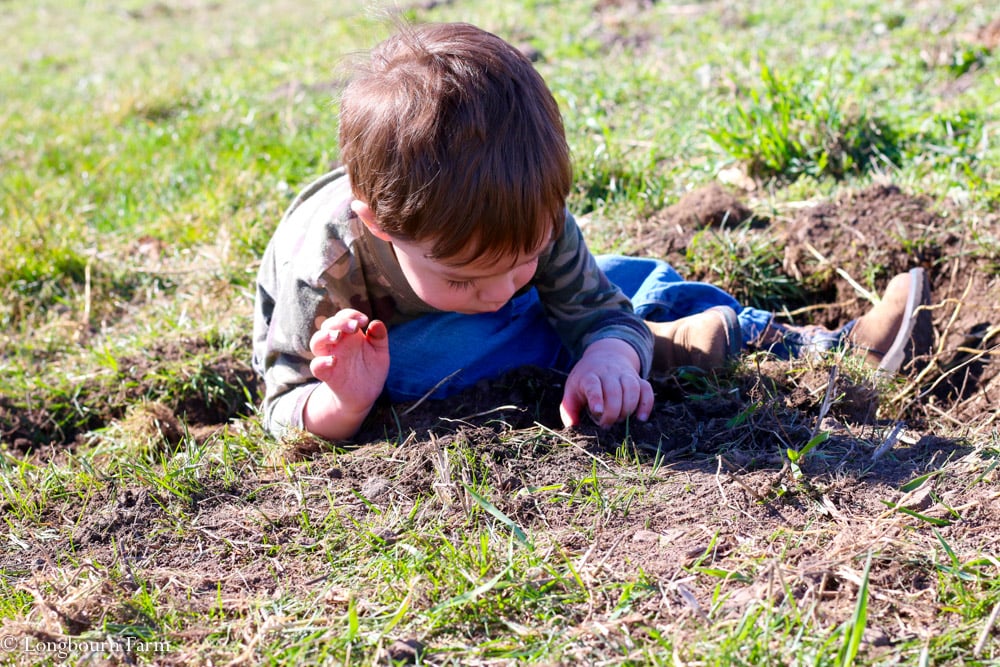
Soil Compaction and Drainage
If you are using garden boxes, neither of these should be an issue for you. {Unless you are me and are testing out some crazy ideas about garden boxes…more on that later…}. If you are planting into the ground, the area where you plant may be compacted depending on what it was used for previously.
You don’t want to plant into compacted soil because it will be difficult for the roots to grow – there will be less room which means less water and less air available to the plant. It also makes it difficult for water to seep into the soil and soak the plant roots.
Compaction can be amended by using a deep rip to disrupt the subsoil, then tilling or aerating to break up large chunks of soil. Adding organic matter back to compacted soil is essential! This article from Utah State University Extension on compaction is really helpful.
Having proper drainage is also really important to have a successful garden. Not very many garden plants like having wet feet, so soil that doesn’t drain properly and holds water will only cause problems.
To ensure good drainage, plant in high areas, or amend low-lying areas with rocks, bricks, or any other means to improve drainage. A good rule of thumb that the University of Illinois Extension provides for analyzing drainage is this: dig a hole that is 8-10 inches deep, fill it with water and wait 1 hour. If the water has drained from the hole, drainage in that area is good.
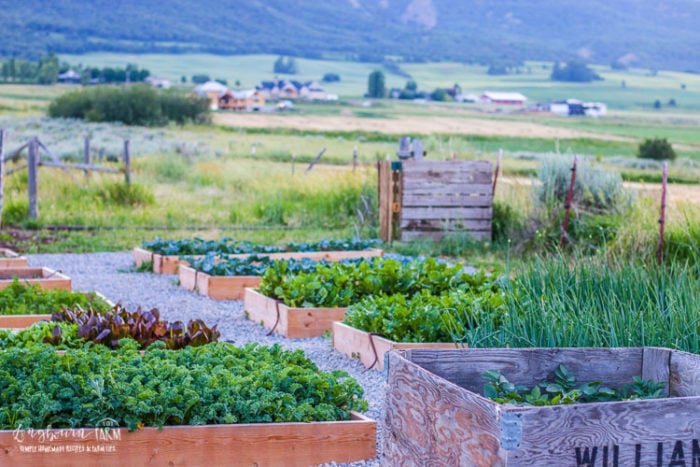
Mulch
Mulching is different than applying organic matter because much is a material you leave on top of the soil, not one you work into the soil. Mulching is beneficial because it decreases water loss from evaporation, moderates soil temperature, and can add additional weed control. All of these benefits will improve plant health and growth over the growing season.
The amount of mulch you add will depend on the type of mulch you are using, but generally, 3 inches will work. Mulch shouldn’t be compacted when applied and should be reapplied as it breaks down, if you are using an organic mulch {again, not the food-label use of the word organic}.
Mulch can be organic {living} or inorganic {not living}. What you use will depend on your budget and what is best for your garden area. The fact sheet by Utah State University provides a table with common mulch’s and their characteristics.
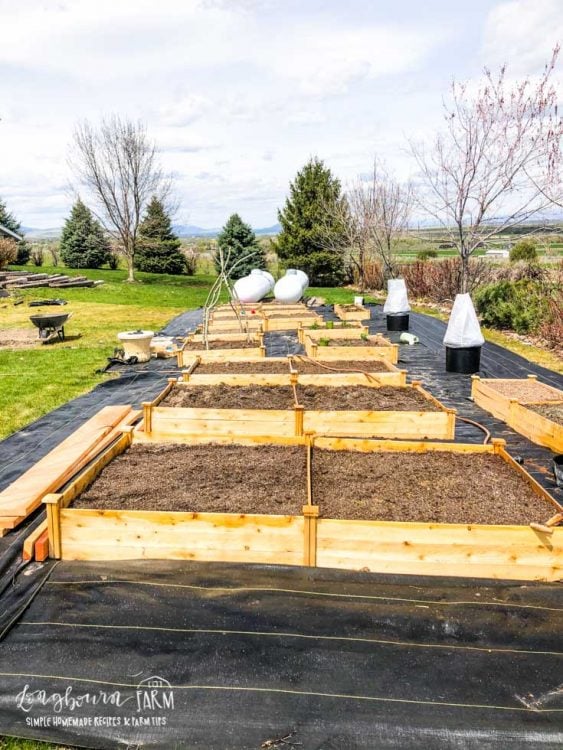
Fertilizer
Knowing if you need to add fertilizer can be tricky without a soil test. Generally speaking, soils in my area only require nitrogen. If you want to be sure your soil needs fertilizer and you are purchasing the correct type, get a soil test or check with your local extension office. They can always give you good recommendations for your specific area.
If the area you are gardening hasn’t been growing anything for a while and isn’t compacted, it probably has a good store of nutrients in the soil and fertilizer may not be necessary.
However, if it was overrun by weeds or was used for field crops or compacted, you’ll need to help it out a little by adding some fertilizer. Adding manure usually isn’t a good fertilization technique {although it is fantastic organic matter!} because knowing the nutrient content of the manure is difficult. This article from Utah State University covers fertilizing your garden in-depth and is a fantastic resource.
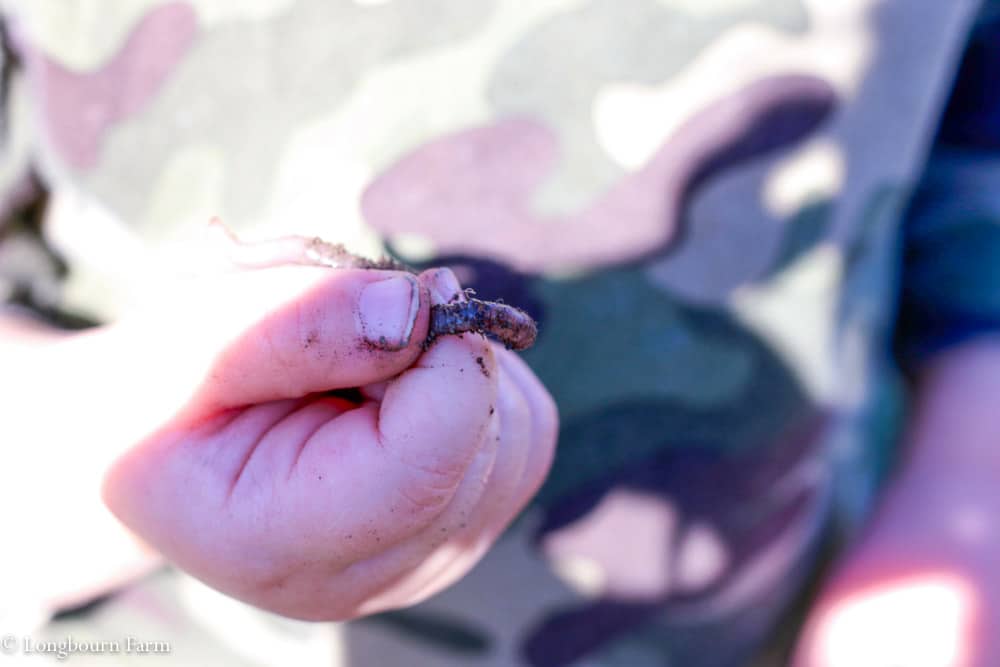
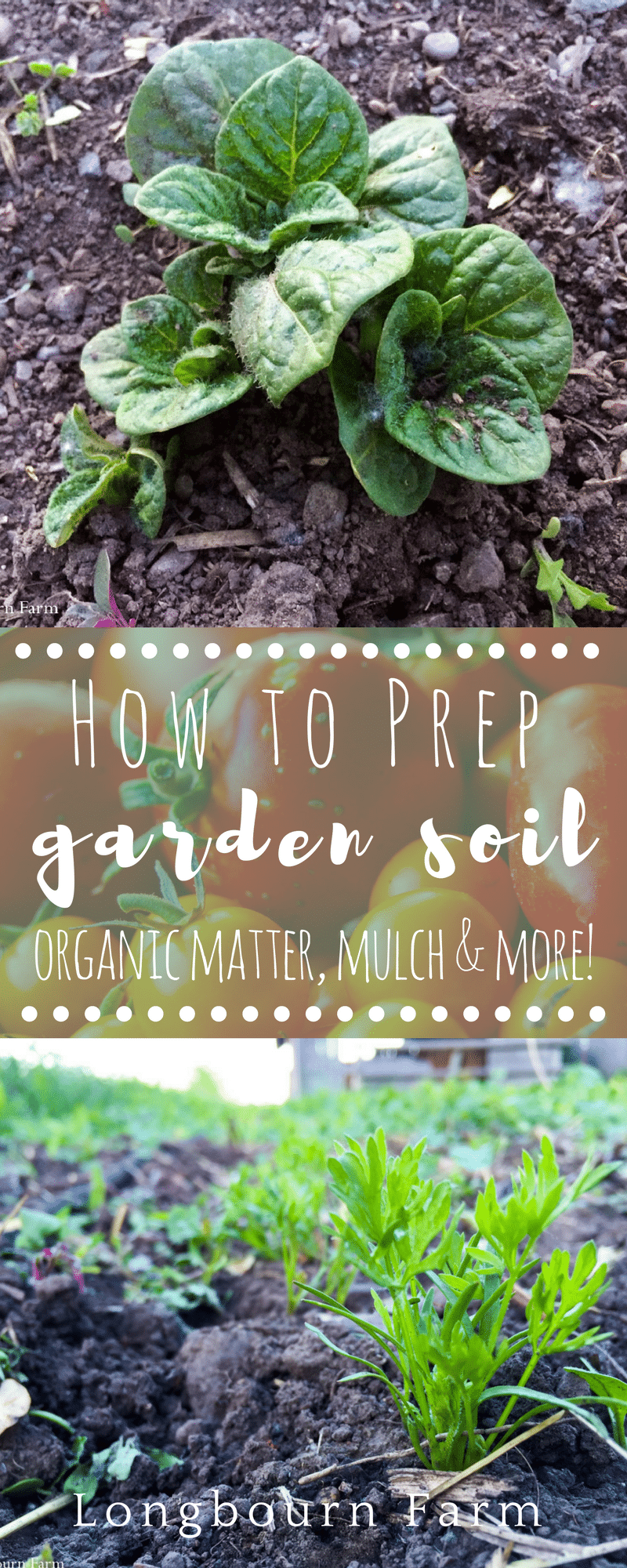





Maggie Bartle says
>The word organic simply means something made out of a carbon structure
Isn’t basically everything made out of carbon though 🤔
Alli says
All living things, yes.